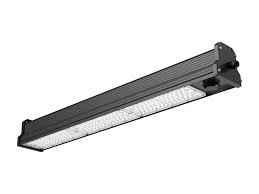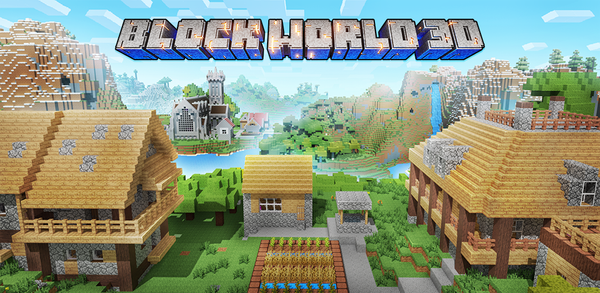The Ultimate Checklist for Choosing Your Fitness Training Program

Introduction
Choosing the right fitness training program will make a difference in your progress, confidence, and long-term results. With so many options available today, you might feel overwhelmed. The wrong program can lead to frustration, slow results, or even injury. When you pick a smart program you get clarity, guidance, and a better chance to reach your goals. In this article you’ll get a practical checklist that helps you compare options, make a good decision, and commit to a plan that serves your needs.
Understand Your Goals and Starting Point
Before selecting a program you must be clear about what you want and where you are now.
• Define your goal: Do you want to lose weight, build strength, improve endurance, or simply move more?
• Assess your current fitness: How active are you? Do you have any injuries or limitations?
• Set a realistic timeline: See when you want to reach your goal, and whether the program fits that timeframe.
When you align your goal and starting point, you will pick a training plan that fits rather than one that forces you to adapt badly.
Check Program Structure and Progression
A good training plan will be well-structured and show how you progress over time.
• Look for stages or levels that match your fitness level today and then build up.
• Ensure the workouts vary: strength training, mobility work, recovery phases.
• Make sure the plan explains how the sessions change with time, like increasing intensity or changing exercises.
If the program has no clear flow you may stagnate or plateau.
Review Coaching Support and Feedback Mechanisms
Training doesn’t just mean showing up. You need coaching and feedback so you train smart.
• Check if the program offers guidance on form, technique, and safety.
• See if there’s a way to track your results or log your workouts.
• Look for options to ask questions or adjust the program as you adapt.
Having support makes you more likely to stay consistent and avoid mistakes.
Consider Suitability for Your Lifestyle and Schedule
A program works only if you can integrate it into your life.
• Check how much time each session takes and how many days per week.
• See whether you will train at home, in a gym, or online.
• Make sure the equipment needed matches what you have available.
When a plan fits your schedule and environment you’re far more likely to stick with it.
Ensure Safety, Quality, and Adaptability
Your body, health and long-term fitness matter. Choose a program that cares for your safety and adapts to you.
• Confirm the plan includes proper warm-ups, cool-downs, and movement preparation.
• Make sure the exercises are explained clearly, with modifications for beginners or special cases.
• Check that it allows adjusting for injuries, setbacks or changes in your progress.
Safety and adaptability protect your body and maintain momentum.
Evaluate Cost, Value and Commitment Required
The best program for you finds the balance between investment and benefit.
• Compare how much it costs and what you get in return: sessions, materials, access to coaching.
• Look at what commitment is required: how many weeks, how many sessions per week, cancellations policies.
• Check reviews or testimonials from people who have used the plan.
You want a program where your investment matches the quality and effort you’ll put in.
Look for Holistic Wellness and Habit-Building
Fitness is not only what happens in the workout. It’s about the habits you build and the lifestyle you support.
• See if the program addresses movement variety, mobility, recovery, and consistency.
• Check whether it touches on nutrition basics, sleep, or stress and how they affect training.
• Choose a plan that encourages habits rather than short-term fixes.
When a training program helps you build sustainable behaviours you grow stronger, healthier, and more consistent.
Ensure Future Growth and Flexibility
As you improve you want a program that scales and evolves with you.
• Does the program offer more advanced stages or higher intensity over time?
• Can you adjust the workouts if you become much stronger or want new goals?
• Is there community support, updates or new content that keeps you engaged?
Having a plan that lets you grow prevents you from repeating the same routines and keeps you challenged.
Conclusion
Choosing your https://www.americansportandfitness.com fitness training program is a big step for your health journey. Use the checklist above to assess your goals, lifestyle, support system, safety, and long-term value. A well-chosen plan sets you up for success, consistency, and real change. If you pick a program that fits you today and grows with you tomorrow you not only train well—you invest in your future.






